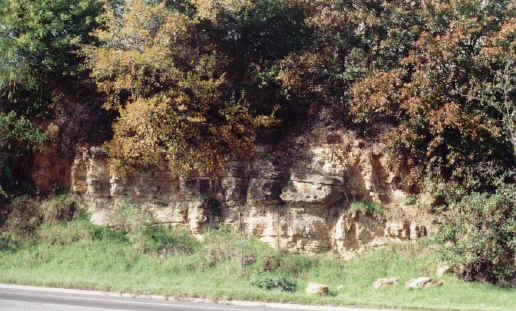
Figure 20. Outcrop of Woodbine Sandstone.
Stop 4. Woodbine Sandstone
Woodbine Sandstone outcrops on the far west side of Dallas County and extends into Tarrant County. The rock is mostly sandy, but has common clayey lenses and displays clear layering. The rock is not fissile. The photo below shows an exposure of the local Woodbine Sandstone bedrock in the vicinity of site 4 (Fig. 1).

Figure 20. Outcrop of Woodbine Sandstone.
Erosion has accentuated the fine layering in the Woodbine Sandstone boulder shown in the photo below (quarter for scale).
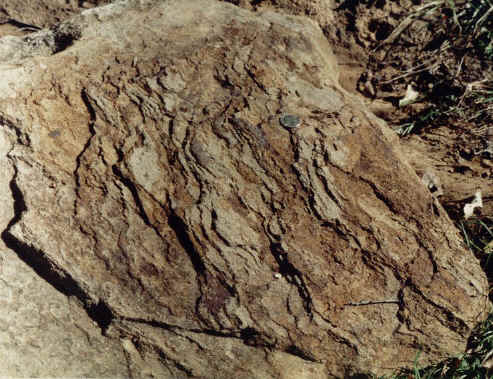
Figure 21. Fine layering in the Woodbine Sandstone.
The rock contains common fossils, including this gastropod (snail) cast...
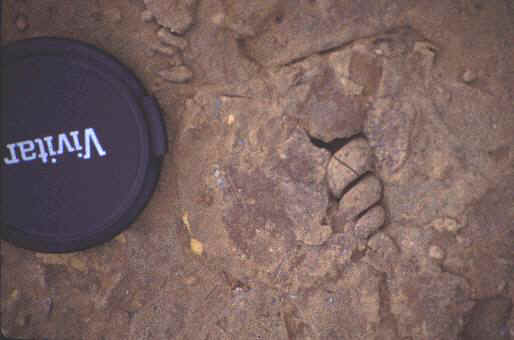
Figure 22. Gastropod fossil.
oyster bed...
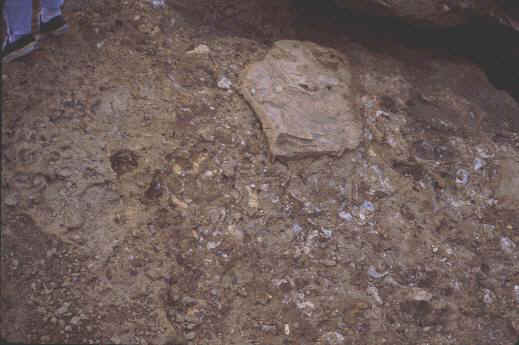
Figure 23. Fossil oyster bed.
and wood...
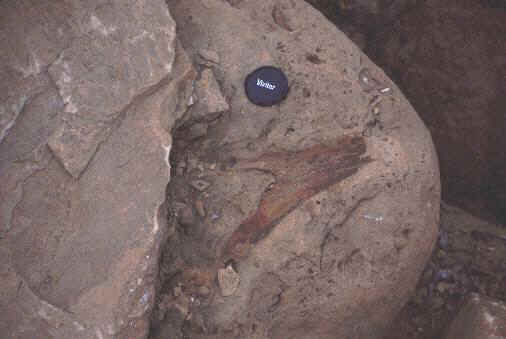
Figure 24. Fossil wood.
Herring-bone cross-bedding, characteristic of tidal flat sands, is also present.
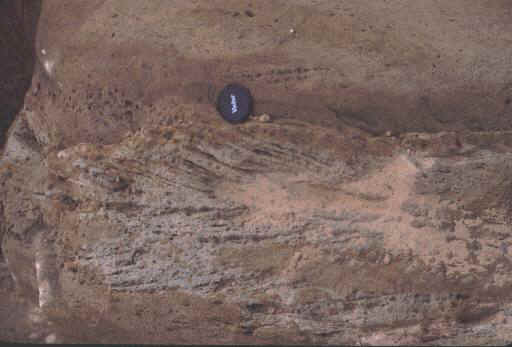
Figure 25. Herring bone cross bedding - characteristic of tidal flat sediments.
The fossil and sedimentological evidence suggests the sandstone formed in nearshore shallow marine to inter-tidal environments - including beaches, deltas, tidal flats and shallow marine muds and sands.
The sandstone supports oak-hickory forest. Woodbine sandstone is relatively resistant to erosion and forms a ridge to the west of the Mountain Creek strike valley (Fig. 1).
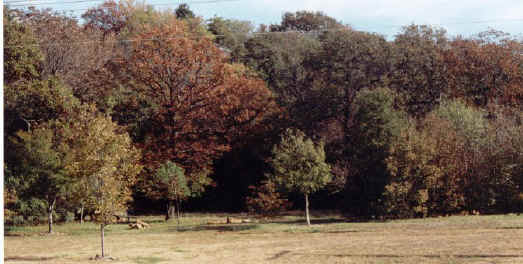
Figure 26. Vegetation on the Woodbine Sandstone.